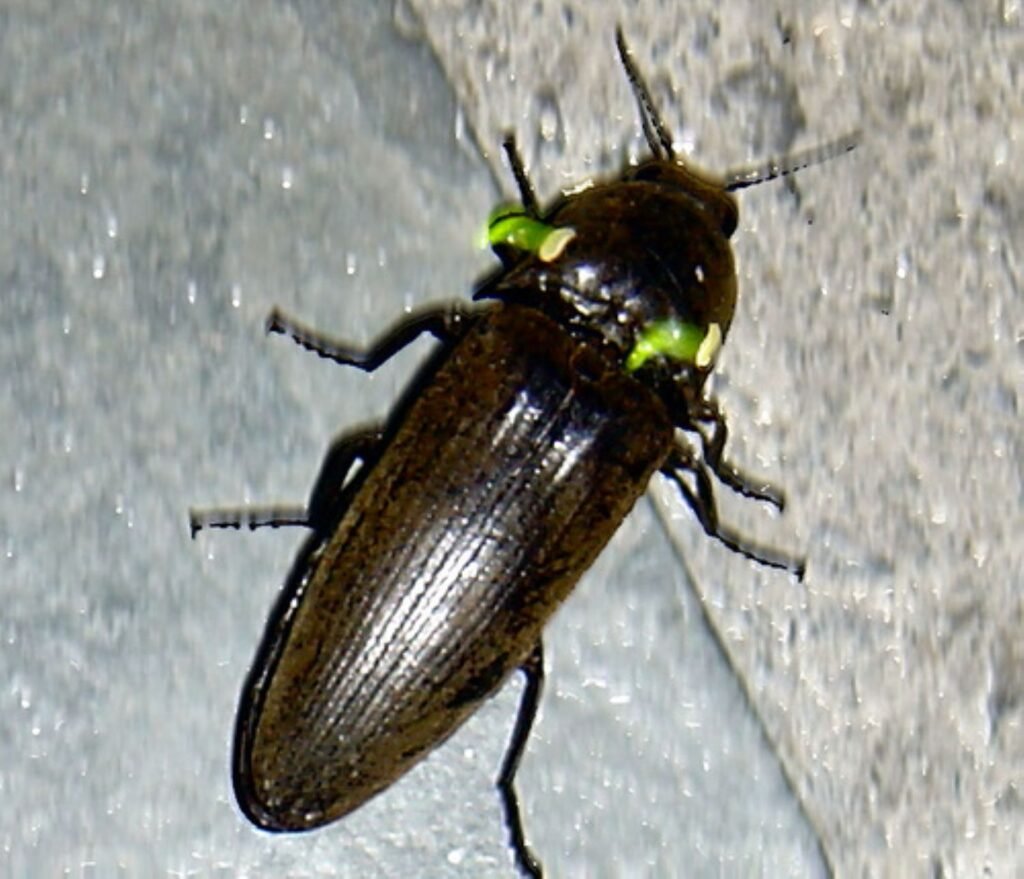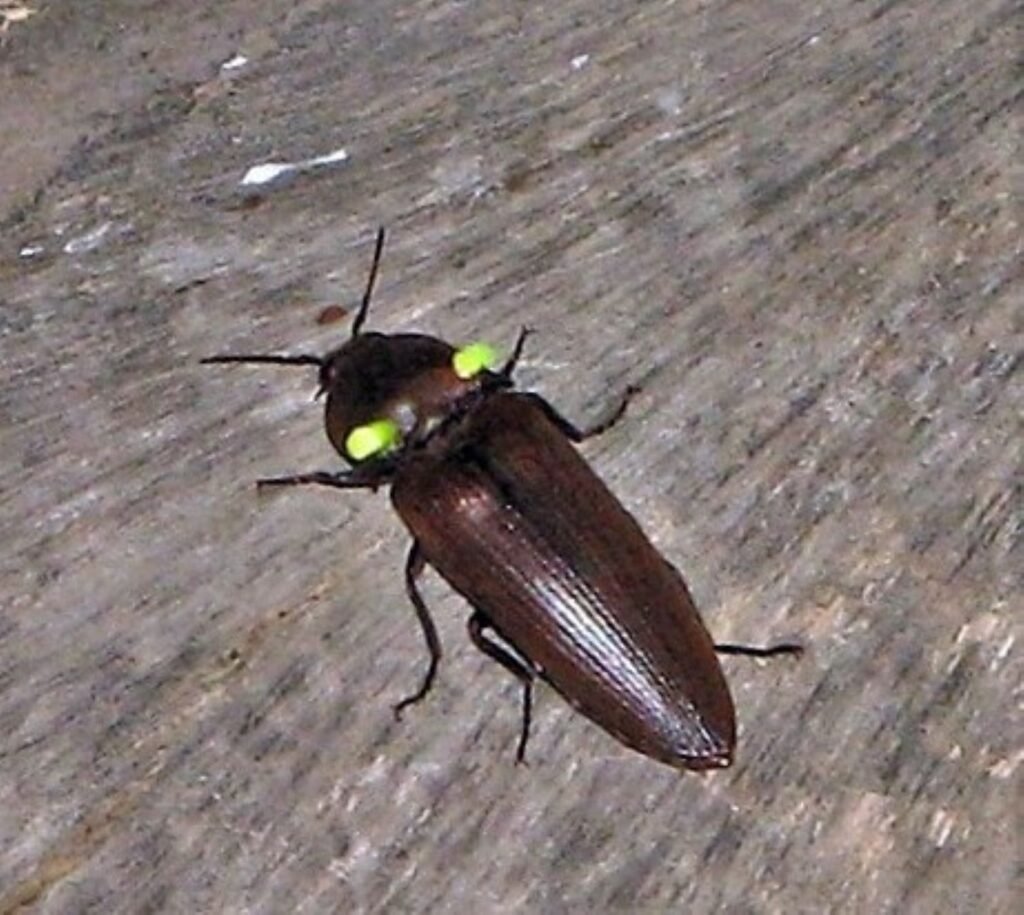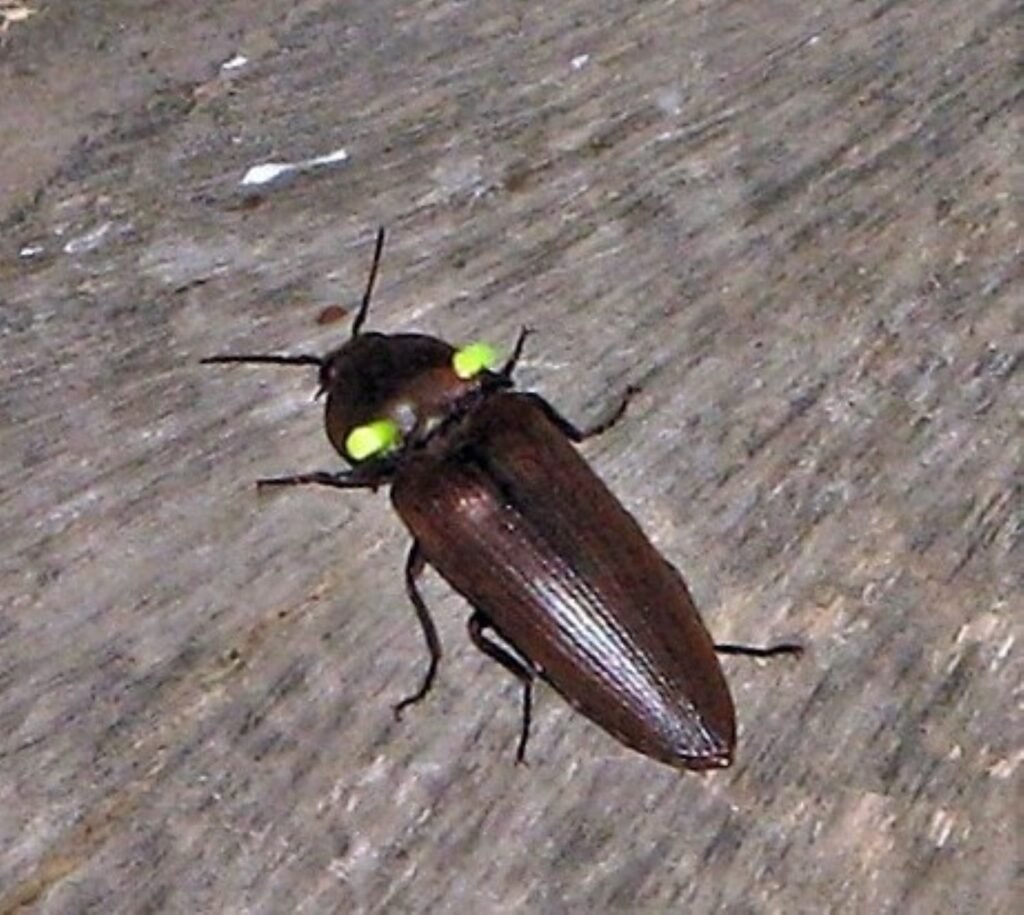Picture walking through a forest at dusk when suddenly, tiny flashes of green light begin dancing around you like miniature lightning bolts. These magical creatures have captivated humans for centuries, but recent scientific discoveries are revealing just how extraordinary these bioluminescent beetles really are. From ancient species that glowed alongside dinosaurs to newly discovered beetles with unprecedented light-producing abilities, researchers are uncovering secrets that could revolutionize our understanding of nature’s own electrical show.
The world of glowing insects is far more complex and diverse than most people realize. Recent breakthroughs in beetle research have unveiled species with remarkable adaptations that go beyond simple light production. So let’s dive into the fascinating discoveries that are illuminating the hidden world of nature’s most brilliant performers.
The Ancient Art of Lightning Mimicry

Scientists have recently identified ancient firefly species trapped in 99 million-year-old Burmese amber from northern Myanmar, representing only the second firefly species from the Mesozoic era to be discovered. These prehistoric creatures were already perfecting their lightning-like displays when dinosaurs roamed the earth.
Research indicates that fireflies evolved aerial bioluminescence, the remarkable ability to glow during flight, at least 100 million years ago. Think about it for a moment – while massive reptiles dominated the landscape, tiny beetles were developing one of nature’s most sophisticated lighting systems. The discovery confirms that beetles of the bioluminescent lineage began diversifying during the mid-Cretaceous period, coinciding with major ecological changes known as the Cretaceous Terrestrial Revolution.
Asia’s First Glowing Click Beetle Discovery

A remarkable bioluminescent click beetle was discovered in the subtropical evergreen broadleaf forests of southwest China. This finding completely changed our understanding of global beetle distribution, since while the click beetle family contains approximately 10,000 species worldwide, only about 200 species can emit light, and they previously inhabited only Latin America and Oceania.
Morphological investigation combined with molecular analysis based on 16 genes showed that this taxon represents not only a new species in a new genus, but also a completely new subfamily of click beetles called Sinopyrophorinae. The discovery was so significant that it required creating an entirely new classification category. The finding sheds new light on the geographic distribution and evolution of luminescent click beetles.
The Chemistry Behind Nature’s Lightning

Bioluminescent organs on beetle thorax produce ethereal greenish light thought to be the most brilliant in the insect world, created through reactions in specialized cells called photocytes. The process is remarkably efficient – imagine having a light bulb that produces almost no heat while generating brilliant illumination.
The miracle of their greenish-yellow light comes from a chemical reaction where cells contain luciferin, a compound that absorbs and stores energy from UV light, which breaks down in the presence of oxygen with help from an enzyme called luciferase. This process is so efficient that almost no heat accompanies the light, earning the designation as “cold light”.
Multiple Origins of Beetle Bioluminescence

Scientific results have revealed multiple parallel origins of bioluminescence and functional divergence within the beetle bioluminescent system. This discovery challenges previous assumptions that glowing abilities evolved just once and spread through beetle families.
Comparative genome sequencing of fireflies and click beetles, which have bioluminescent biochemistry nearly identical to fireflies but anatomically unique light organs, supports the intriguing hypothesis of parallel gains of bioluminescence. Think of it as nature independently inventing the light bulb multiple times in different beetle lineages. The specialized organs where chemical reactions take place are entirely different between groups, indicating that light production ability arose independently in each.
Declining Diversity in Brazilian Savannas

In the 1990s, researchers observed many termite mounds full of fireflies and other bioluminescent insects even in pasture areas, but now sugarcane cultivation has replaced most areas and they hardly see any. This dramatic change has occurred over just three decades.
The diversity of these beetles in remnants of the Cerrado savanna and neighboring farms has declined sharply over the last three decades, concurrent with substitution of soybean and sugarcane plantations for pasture. Pesticides and artificial lighting are also enemies of bioluminescent beetles, as bright light produced by humans prevents them from being located by mates and reproducing.
Breakthrough Research in Light Production

Oxyluciferin is the key photon emitter in the firefly luciferase-catalyzed bioluminescence reaction, and elucidating its chemical form within the active site of luciferase is essential for understanding and modulating emission wavelength. Recent advances in 2025 research are revealing the precise molecular mechanisms behind different light colors.
Research groups have isolated and cloned the largest number of luciferases globally, from different insects including flies that produce blue light, while luminescent beetles produce colors such as green, yellow, orange, and red. These discoveries are opening new possibilities for biotechnological applications.
Predator Defense Through Light Displays

Light production in beetles is thought to have originated as a warning signal that larvae were distasteful, later co-opted as a mating signal in a further evolutionary development. The defensive function remains crucial for many species today.
Female “femme fatale” Photuris fireflies mimic the photic signaling patterns of smaller Photinus species, attracting males to what appears to be a suitable mate before eating them, providing females with a supply of toxic defensive lucibufagin chemicals. Nature’s lightning displays serve multiple purposes beyond simple communication.
Modern Threats to Lightning Beetles

Fireflies face threats including habitat loss and degradation, light pollution, pesticide use, poor water quality, invasive species, over-collection, and climate change, while firefly tourism has been identified as a potential threat when not managed appropriately. The irony is that our fascination with these creatures sometimes contributes to their decline.
Light pollution is an especially concerning threat to fireflies, as artificial lighting interferes with their ability to communicate through bioluminescent signals. Chance discoveries highlight how many unknown species could be out there and how many could be under threat from extinction, as rapid declines in biodiversity globally make it difficult to conserve species if we don’t even know they exist.
Conclusion

The remarkable world of lightning-mimicking beetles continues to surprise scientists with each new discovery. From ancient species that illuminated Cretaceous forests to modern beetles facing extinction threats, these creatures represent millions of years of evolutionary innovation in biological light production.
Insects are the most diverse group of animals on the planet but also the most underappreciated and understudied, with best estimates suggesting there may be 5.5 million insect species worldwide and only one-fifth having been named and described. As we race to understand and protect these natural lightning generators, one thing becomes clear – the night sky isn’t the only place where spectacular light shows occur.
What other secrets might these glowing beetles reveal about the mysteries of bioluminescence? Tell us in the comments what fascinates you most about nature’s living lightning.

Jan loves Wildlife and Animals and is one of the founders of Animals Around The Globe. He holds an MSc in Finance & Economics and is a passionate PADI Open Water Diver. His favorite animals are Mountain Gorillas, Tigers, and Great White Sharks. He lived in South Africa, Germany, the USA, Ireland, Italy, China, and Australia. Before AATG, Jan worked for Google, Axel Springer, BMW and others.




